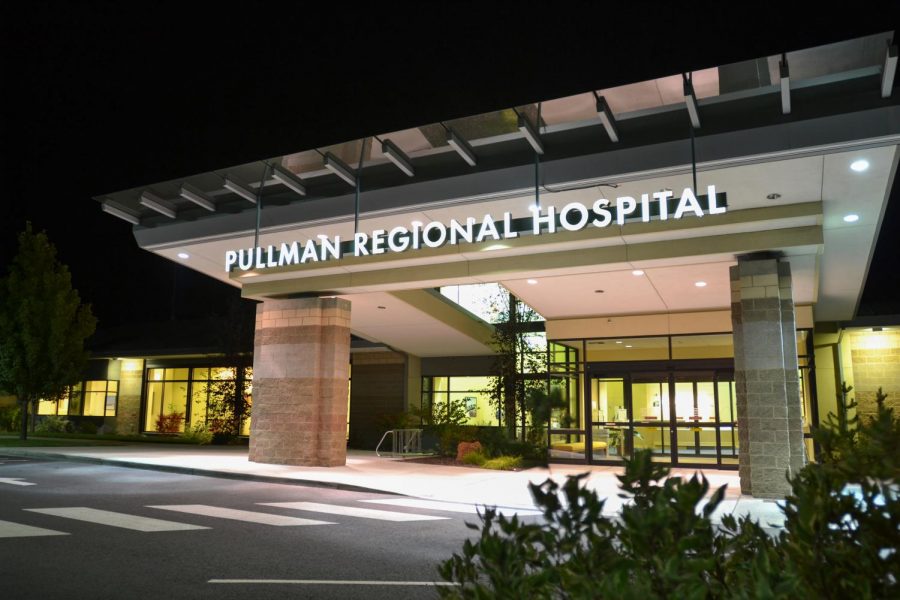Hospital to hold sleep apnea presentation
Doctor will address sleep issues, diseases that may affect rest
November 14, 2019
Pullman Regional Hospital will host a Continuous Positive Airway Pressure clinic from 9 a.m. to 1 p.m. Thursday, in celebration of the hospital’s Sleep Center Lab receiving accreditation by the American Academy of Sleep Medicine in October 2019.
Local residents who suffer from sleep apnea have an opportunity to learn from an expert on pulmonology and sleep medicine.
PRH doctor Vinod Mehta will be hosting a short presentation about sleep apnea.
Jennifer Saarela, assistant director of cardiopulmonary, said the presentation will be an overview of sleep apnea, other sleep issues and diseases that cause sleep issues.
“Sleep apnea appears to be a common problem in the Pullman area,” Saarela said. “Up until just maybe the last five to 10 years, it’s been an unrecognized problem.”
Sleep apnea can impact anyone, but it is especially hard for students who have early classes.
“If I had sleep apnea, I wouldn’t feel well rested enough to go to class, so I would skip my classes” said Allie Tuck, WSU neuroscience major.
She said it must be hard for students who do.
The presentation will be followed by a Q&A session. Saarela said people are encouraged to come with questions about sleep apnea, CPAP therapy and any other sleep-related questions.










Tod Merley • Nov 14, 2019 at 5:54 pm
I remember that when I worked at a ballpark in Seattle that our in house food safety inspector carried with him a thermometer with a “low mass sensor”. The one I carried was like a nail, his more like a needle. Those who understand the science of measurement also understand that the less mass in the thermometer sensor the less it is likely to change the temperature of what is being measured.
I do not sleep as well in a motel or at my brothers house as I do at home. There are different sounds, smells, temperatures, textures and angles of the bed. Unless there have been major changes in sleep study technology I believe they still wire you up with dozens of sensors and wires. And a laboratory where you are under surveillance (IR) all of the time is unnerving. So is the “mass of the sensor” an issue here. Does changing where and under what conditions a person takes a night of sleep change the results of the measurements made during that time. I believe very much yes!
Another major issue I have with how we do “sleep studies” is that it is pretty much a “one very expensive shot” deal. Using the airflow data that I was able to analyze from my CPAP machine as well as a recording pulse oximiter I came to understand that every night is different. I could see that inflammation changes in my body made some nights go well and others not so well. I could see that other changes resulted in ventilatory instability causing hypocapnic apneas.
I believe we need to use technology to move the sleep study into the home to both measure and titrate over many nights rather than a very expensive “not in the usual place” one night!